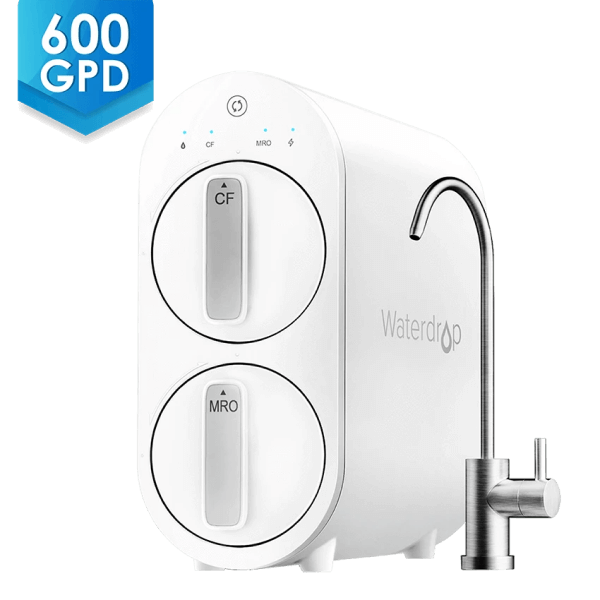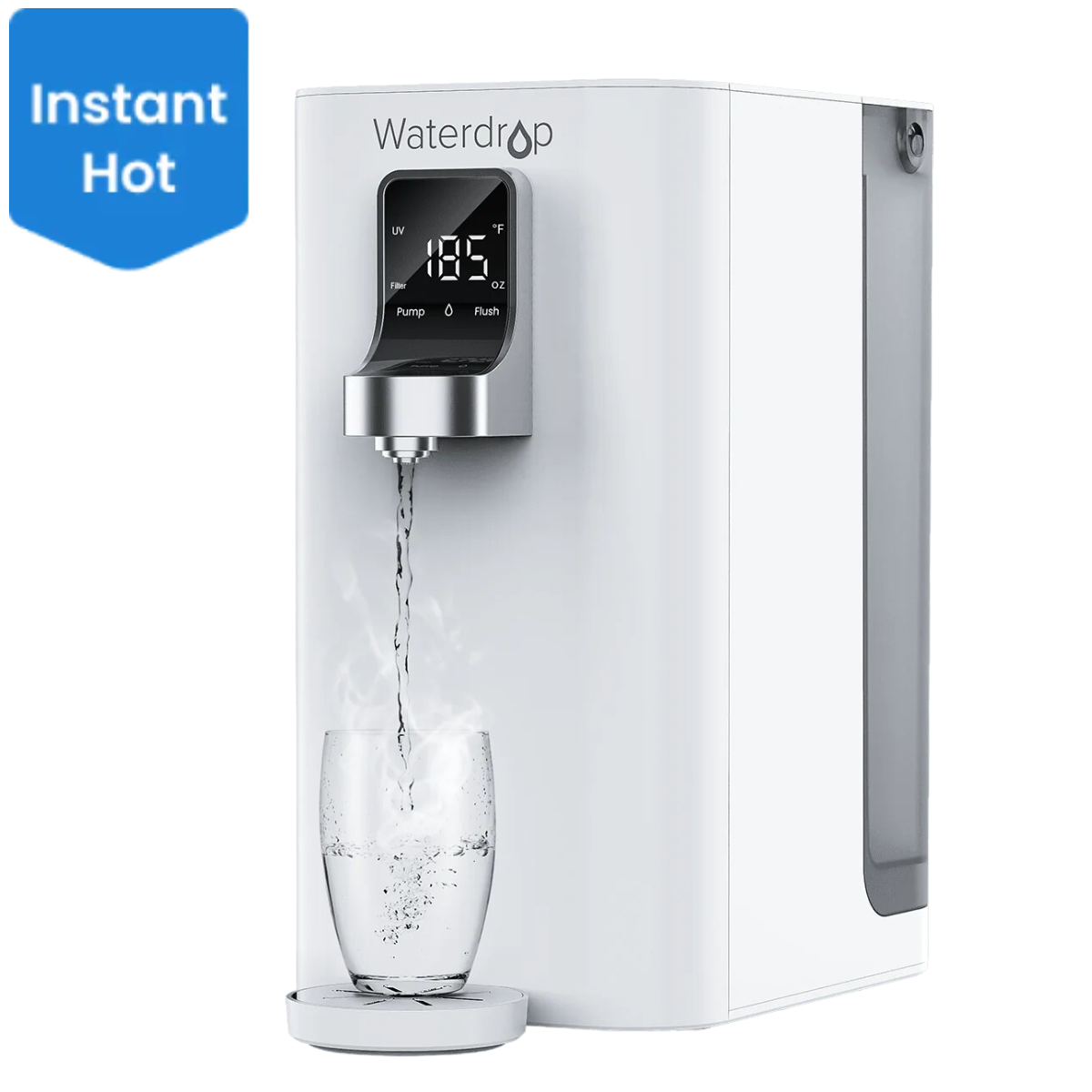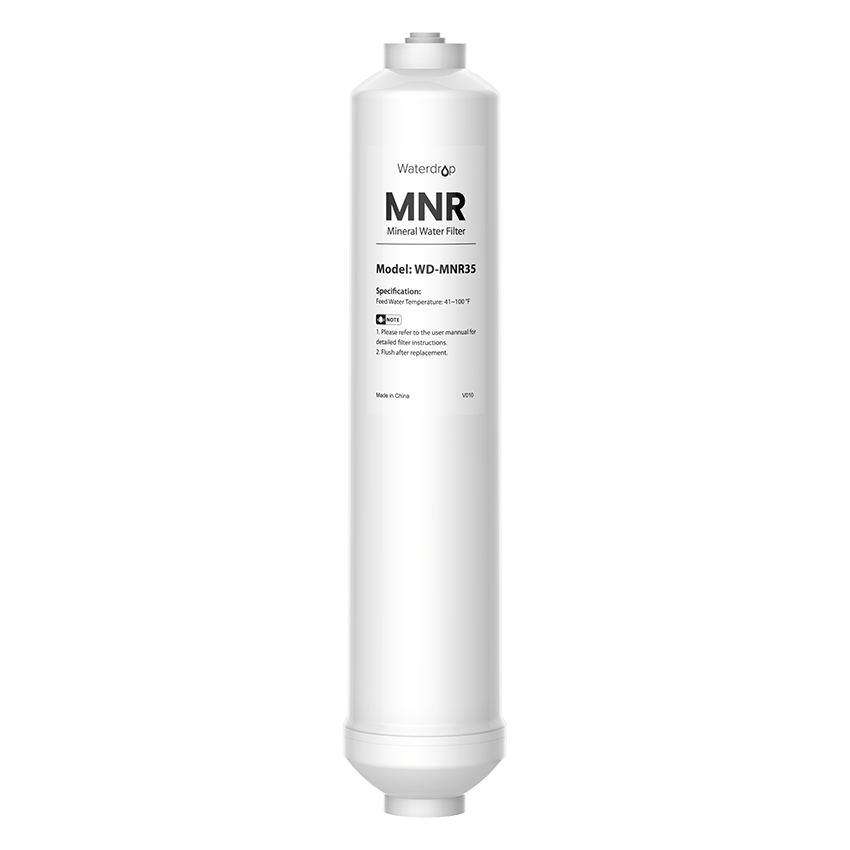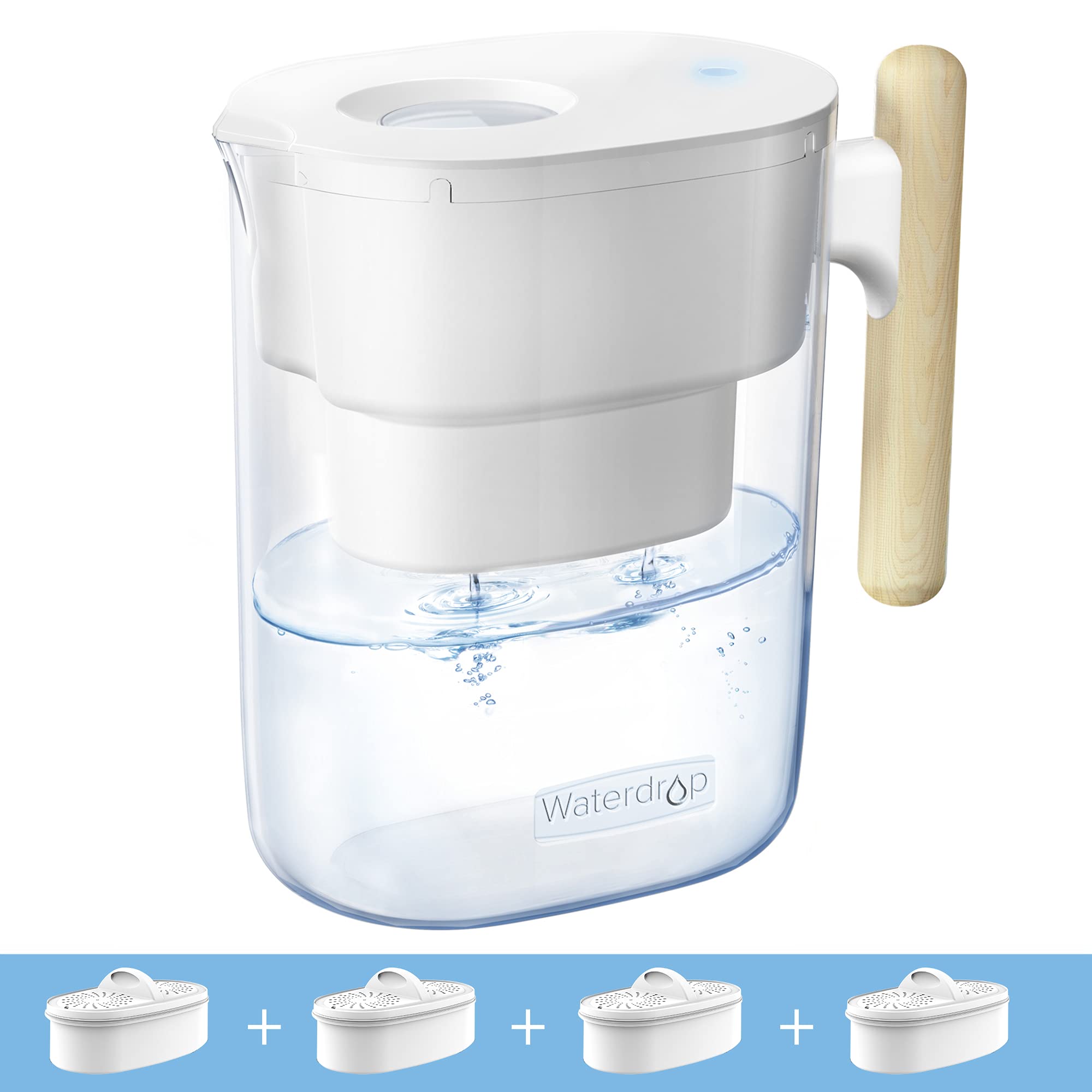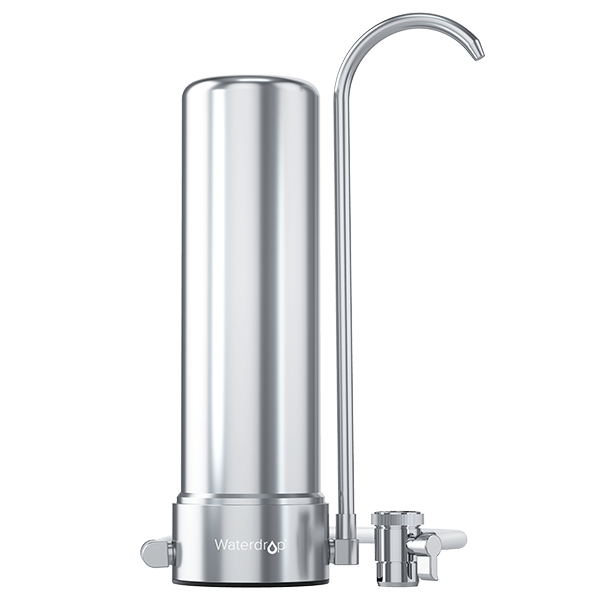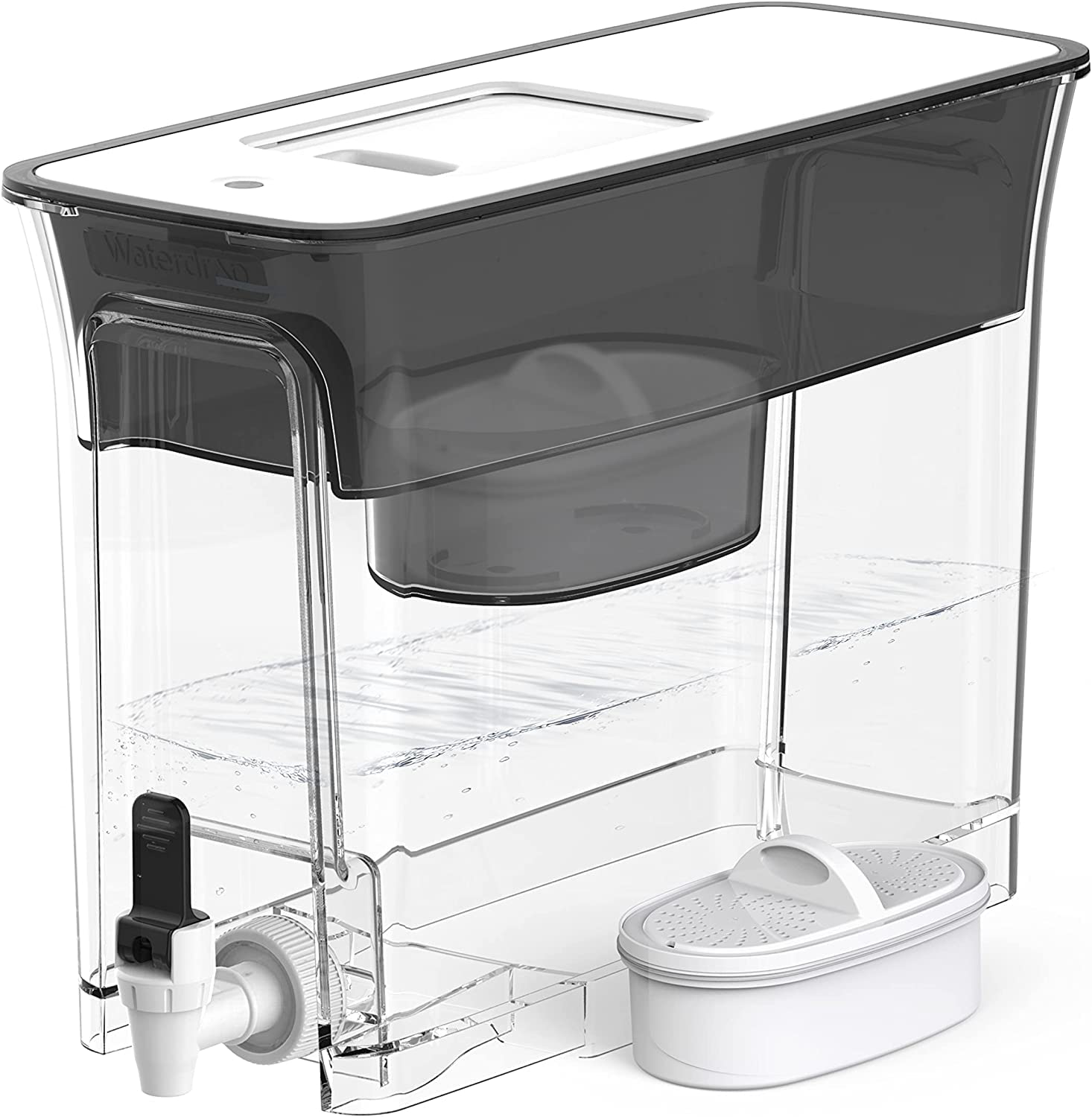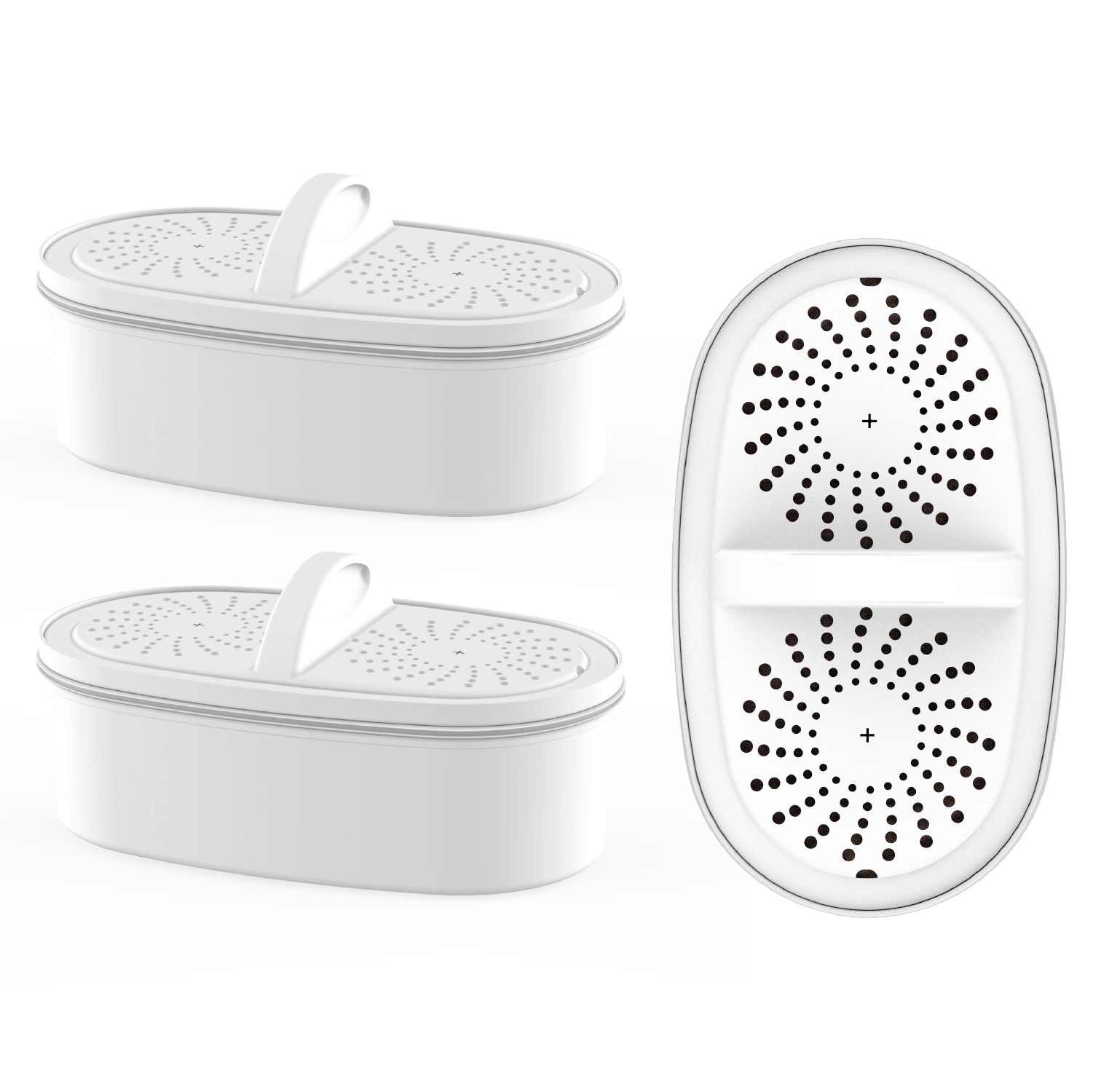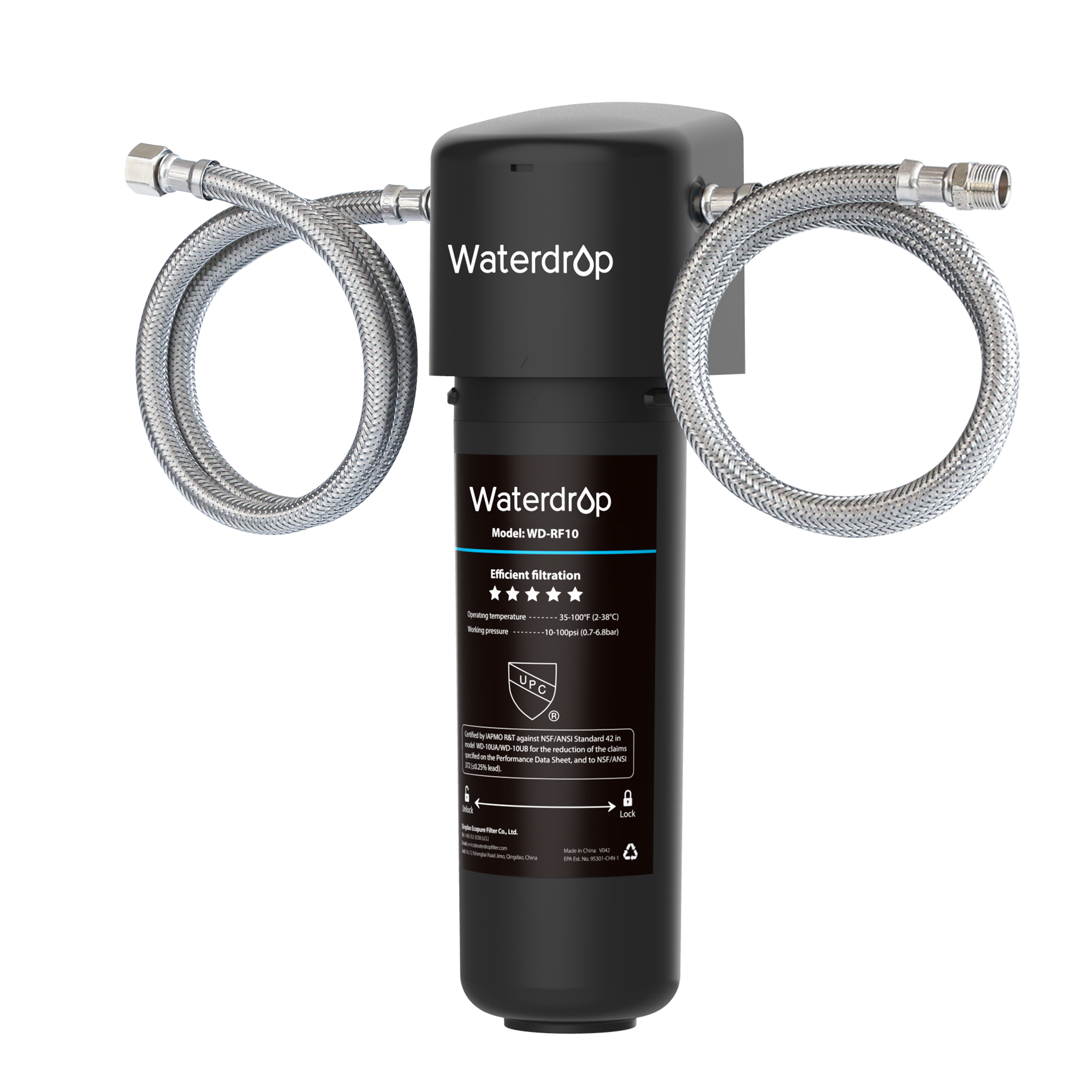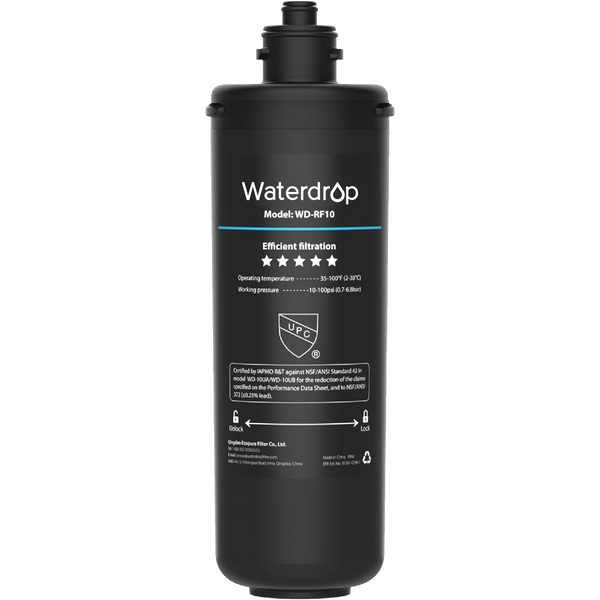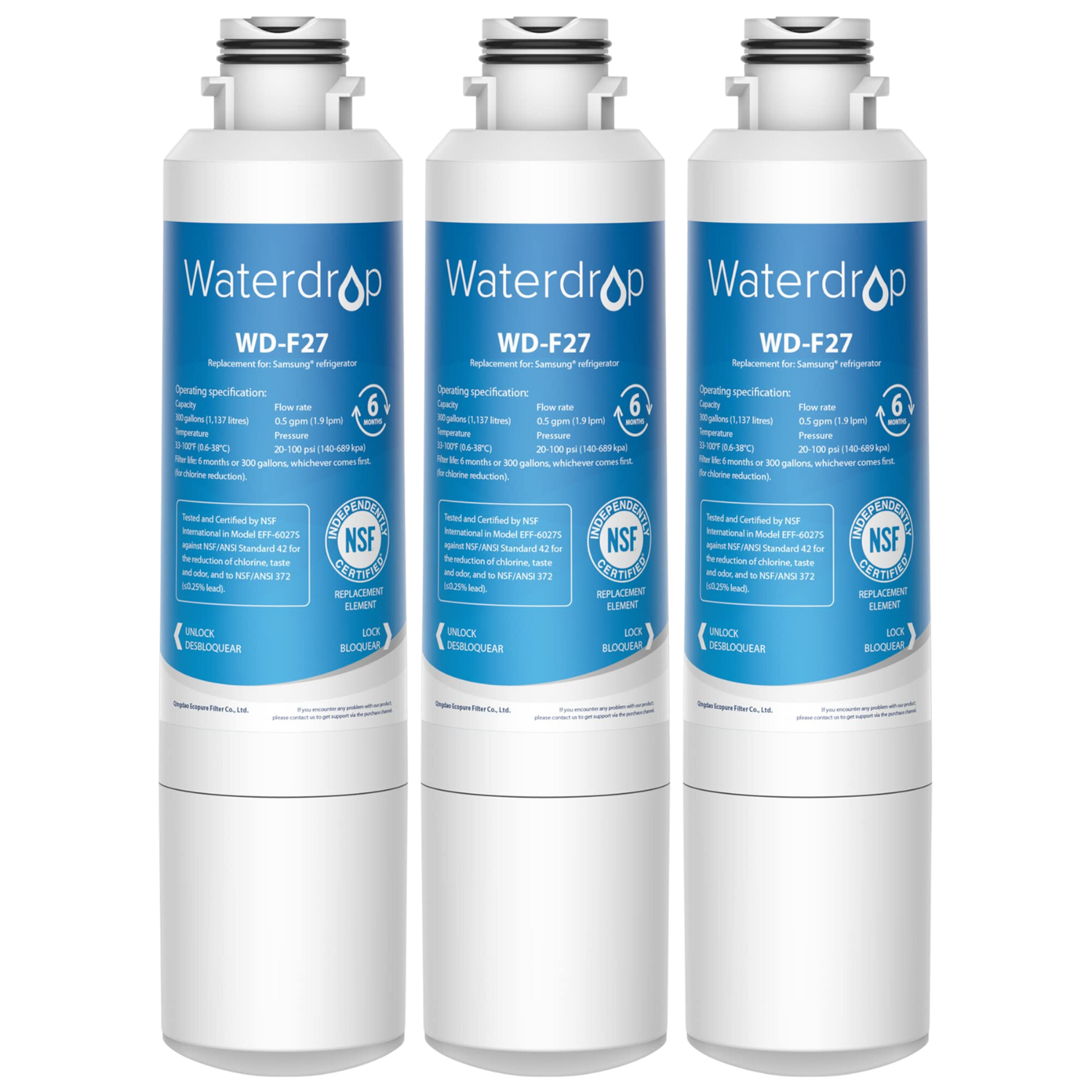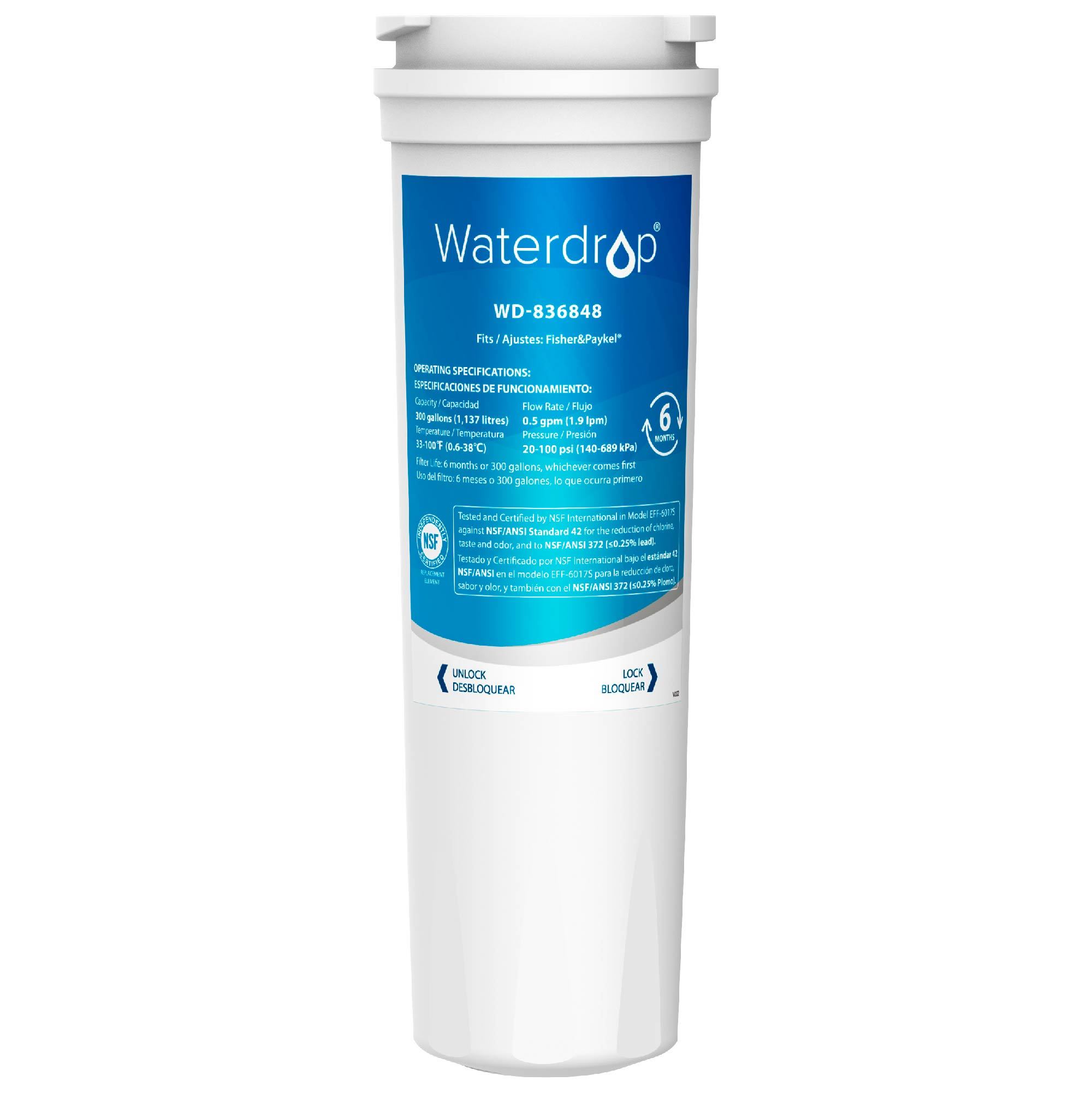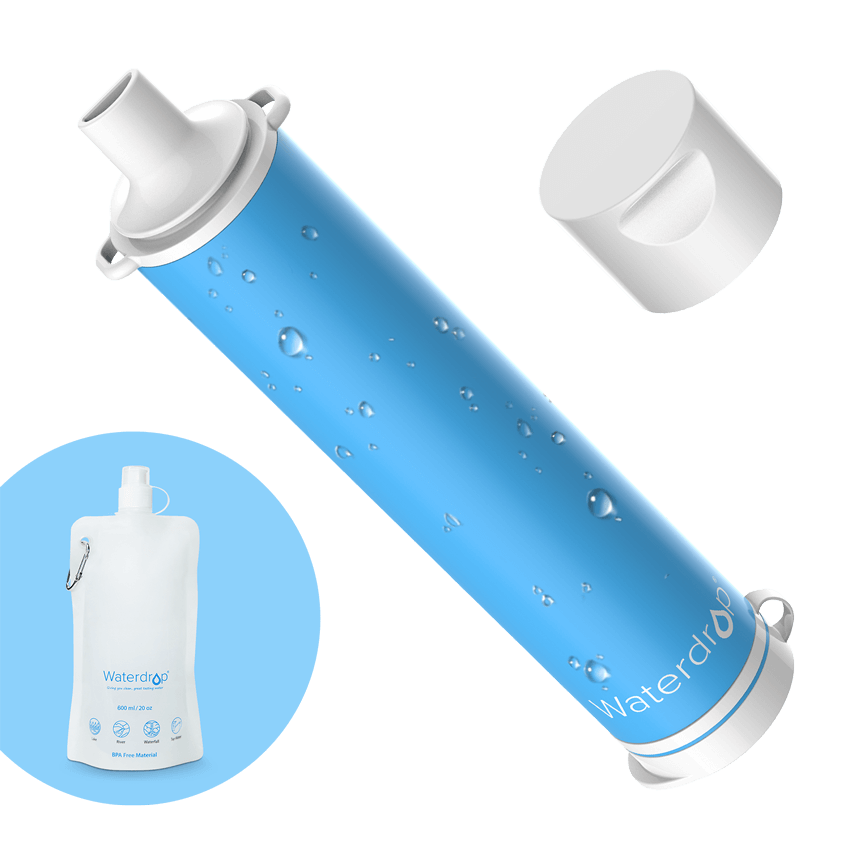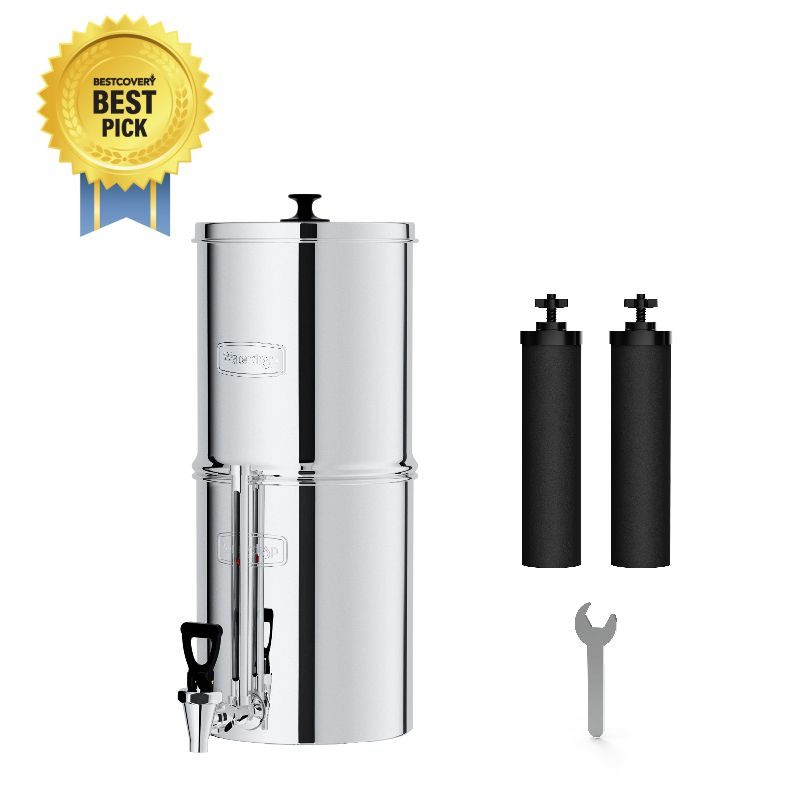How to Remove Microplastics from Drinking Water?
by Dr. Jonathan Doyle - Updated November 11, 2022
The majority of people use plastic on a regular basis. However, this substance is usually not biodegradable. It breaks down over time into tiny fragments known as microplastics, which are potentially harmful to the environment. They are found everywhere, including in the human food chain, and drinking water is most likely a significant source of exposure for people.
Microplastics are one of the biggest environmental problems we face today. Only about 9 percent of the 234 pounds of plastic waste produced by the average American each year is recycled. Groundwater pollution is at alarming levels due to increasing plastic consumption.
What Are Microplastics?
In the United States, plastic is one of the most commonly used materials, primarily because of its high resilience, flexibility, and convenience. Numerous disposable products such as shopping bags and water bottles, as well as cosmetics, hair care products, storage containers, and a variety of other goods, are made from plastic.
As a result, plastic is now the most common type of marine debris in the Great Lakes and our oceans. Microplastics, which are smaller than five millimeters, are a type of plastic waste that can be any shape or size. You need a microscope to see many of them because they are so much smaller.

Microplastics have been discovered almost everywhere scientists have looked for them, including on mountains, in the ocean, in Arctic Sea ice, and also in our bodies, in drinking water and in the air. After shellfish, water may be the primary route through which microplastics are ingested by humans. A growing number of studies have detected microplastics in various drinking water sources.
Are Microplastics Bad?
Microplastics are a problem, as is well known. Because of their extreme longevity, it is nearly impossible to remove microplastics from the environment. Studies indicate that microplastics can be very harmful to all organisms they come in contact with due to their longevity and the chemicals that make them up. In addition, they often facilitate the rise of contaminants in the food chain, which can have serious negative effects on human health.
The environmental damage caused by plastic pollution is pervasive, but because of their small size, microplastics pose a unique problem. Because each piece of microplastic contains a unique mixture of chemicals, the effects of microplastics on human health are still largely unknown and difficult to assess.
How Many Microplastics Do You Consume Daily?
So far, we are uncertain. Because current analytical techniques are unable to identify minute microplastics in food or human samples, scientists face a major challenge. As a result, it is still unclear how much we are exposed to microplastics and whether they could be present in our bloodstream and other organs.

Based on the data available, Scientists tried to quantify the average American's yearly consumption of microplastics in 2019. Depending on the age and gender of the citizen, this amount was estimated to be between 74,000 and 121,000 particles, although the researchers believe this is an underestimate because only 15% of the food consumed could be measured. The study concludes that the extent of our exposure is greatly overestimated.
The Potential Health Impacts of Microplastics
What happens when microplastics enter the human body? How much microplastic the body can tolerate and what damage it can cause is still unknown to scientists. The potential for microplastics to harm human health remains a concern.
Microplastics Accumulate in Human Body
Microplastics typically come in the form of pieces, fibers, beads and globules. They can be made from a variety of materials and myriad chemical additives. Therefore, some microplastics can introduce harmful chemicals into the body, while others can harbor bacteria and parasites.
Microplastics May Bring Bioactive Chemicals into the Body
Polycarbonate plastic, which often contains bioactive chemicals, is used to make most of our food and water containers. It is usually the potentially hazardous chemicals added to the plastics, rather than the plastic itself, that pose the greatest risk to human health.

How to Remove Microplastic from Tap Water?
One of the most efficient ways to remove microplastics from your source water is to use a reverse osmosis system (RO) in your kitchen. This system removes the impurities in your home directly at the point of use.
Most contaminants are removed by a RO system, making the water in your home safe for drinking and cooking. The system also removes a number of water contaminants so that you have clean water that tastes great.
Multiple certifications for the Waterdrop G3 RO system, an under-sink unit from the company, confirm that it is made of lead-free materials and keeps both the user and the filtered water safe. In addition, the Waterdrop G3 RO system has passed more than 400 chemical lab tests with flying colors, making it a prime candidate for producing safe and healthy water.
Final Words
Although the effects of microplastic ingestion on human health have not been thoroughly studied, the scant information available indicates that it can be harmful. We must remain vigilant and make every effort not to consume microplastics until more reliable information is available.


